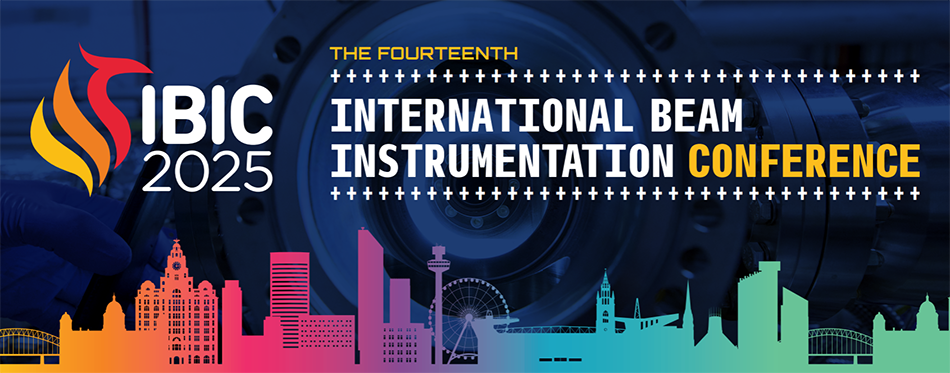Speaker
Description
Several systems protect the superconducting magnets of the Large Hadron Collider (LHC), which operate at -271.3C. The Beam Loss Monitoring (BLM) system is critical for detecting lost particles around the machine and reacting on their quantity and associated energy. It protects the machine from quenching and irreversible damage. To measure these losses, various detectors are used, primarily ionisation chambers (IC), but also other types of monitors depending on loss intensity. In injection and extraction areas, additional fast polycrystalline Chemical Vapor Deposition (pCVD) diamond detectors measure time structured losses. To increase sensitivity, a new detector, the cryogenic Beam Loss Monitor (CryoBLM), based on pCVD, was developed. It is mounted inside the cryostat between two superconducting magnets in the vicinity of the beam pipes and operates at cryogenic temperatures. Two CryoBLM locations in the LHC target different loss scenarios: betatron halo cleaning and luminosity losses from the CMS physics debris. This contribution presents the CryoBLM performance and comparisons with other detectors.
| I have read and accept the Conference Policies | Yes |
|---|

